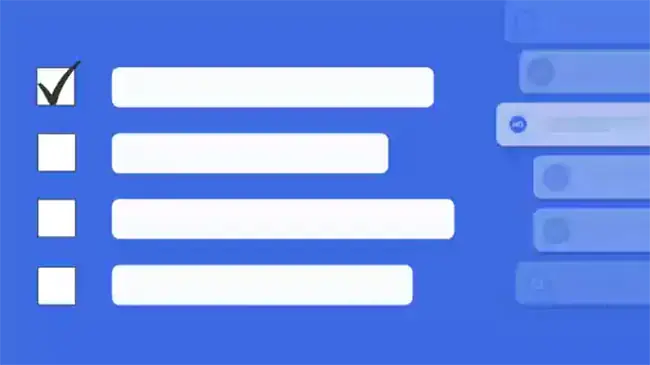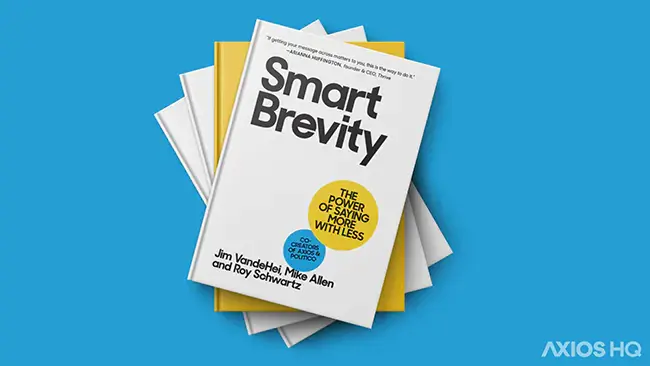Axioms cut read time and boost comprehension

If this article were one big block of text, you wouldn’t read it. If that block were in an email, you’d probably delete it.
The big picture: University studies have dug deep into our relationship with email and — more specifically — what happens when busy readers see long, blocky updates in their inbox. It’s almost always two things:
- They shut it — convinced they’ll come back when they have more time. They rarely do.
- Anxiety builds — now they have a growing backlog, but they don’t want to deal with it.
Yes, but: If we trim that same text into shorter, more digestible paragraphs — or use a tool like Axios HQ's rewording tool to help — and start each idea with an eye-catching anchor, suddenly the update feels a lot more inviting to busy readers.
- We call those anchors “Axioms” — like the “why it matters” and “yes, but” phrases you see above — and use about a dozen across our internal and external comms.
Why it works: Axioms build readers’ muscle memory. They act as cue cards, signaling what’s to come in an update and connecting the dots between big ideas. Used well, they help:
-
Boost clarity — readers can more immediately see the key points in your update.
-
Save time — folks can quickly zoom in on the details they need, and often finish reading in half the time.
How to do it: Start with a small set of Axioms that work for your internal comms, and use them consistently when you write and send team updates. A few of our go-tos:
-
What's new: A sentence that shares the most important detail your reeds need to know
-
Why it matters: The context readers need to understand how your update impacts them
-
The big picture: To point out a broad or growing trend
-
By the numbers: Key stats that illuminate a story
-
How it works: To outline the steps or instructions for a process
-
Between the lines: To offer nuanced insight and analysis
-
Yes, but: To qualify a point or introduce a counterpoint
-
What to watch: Developing trends or potential outcomes in an ongoing situation
-
What's next: The next step in an update, strategy, or policy
-
The bottom line: To punctuate your communication with clarity
-
Go deeper: Link to a valuable resource or further reading
Not every paragraph needs an Axiom, though — sometimes the best way to amplify an important point is to bold the first few words of the paragraph. But if you find yourself going a few blocks without any bolding, ask yourself if an Axiom could improve focus or read time.





.webp)












.webp)

















